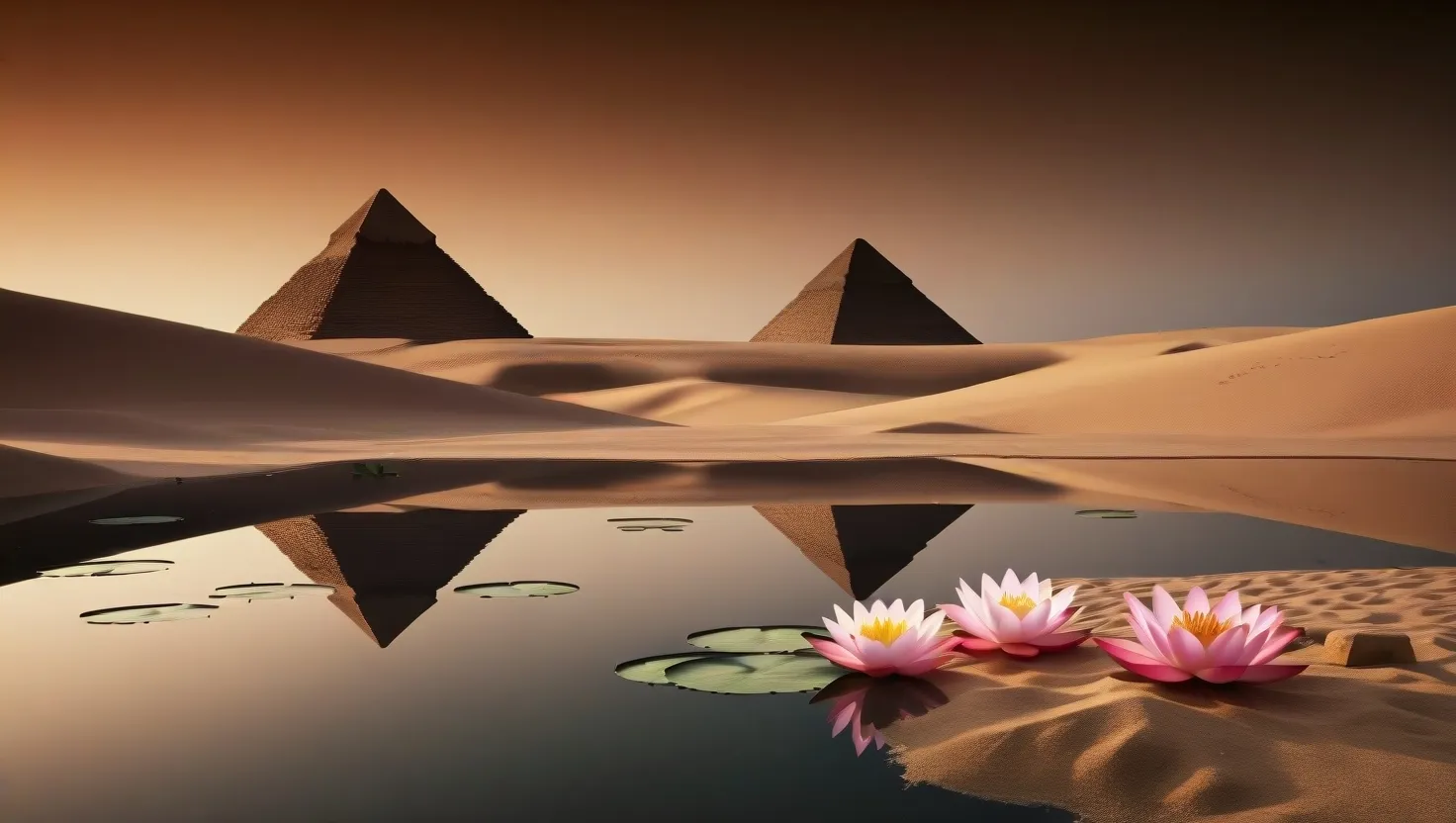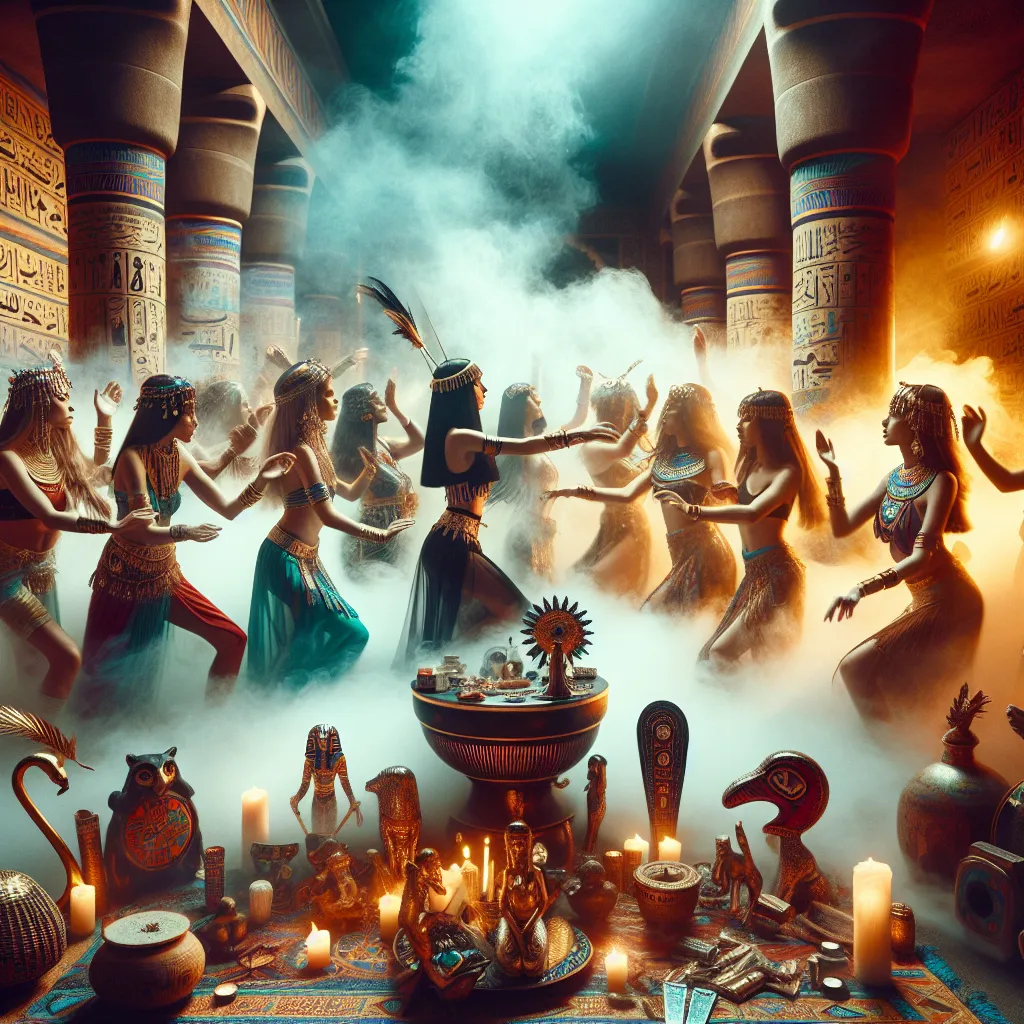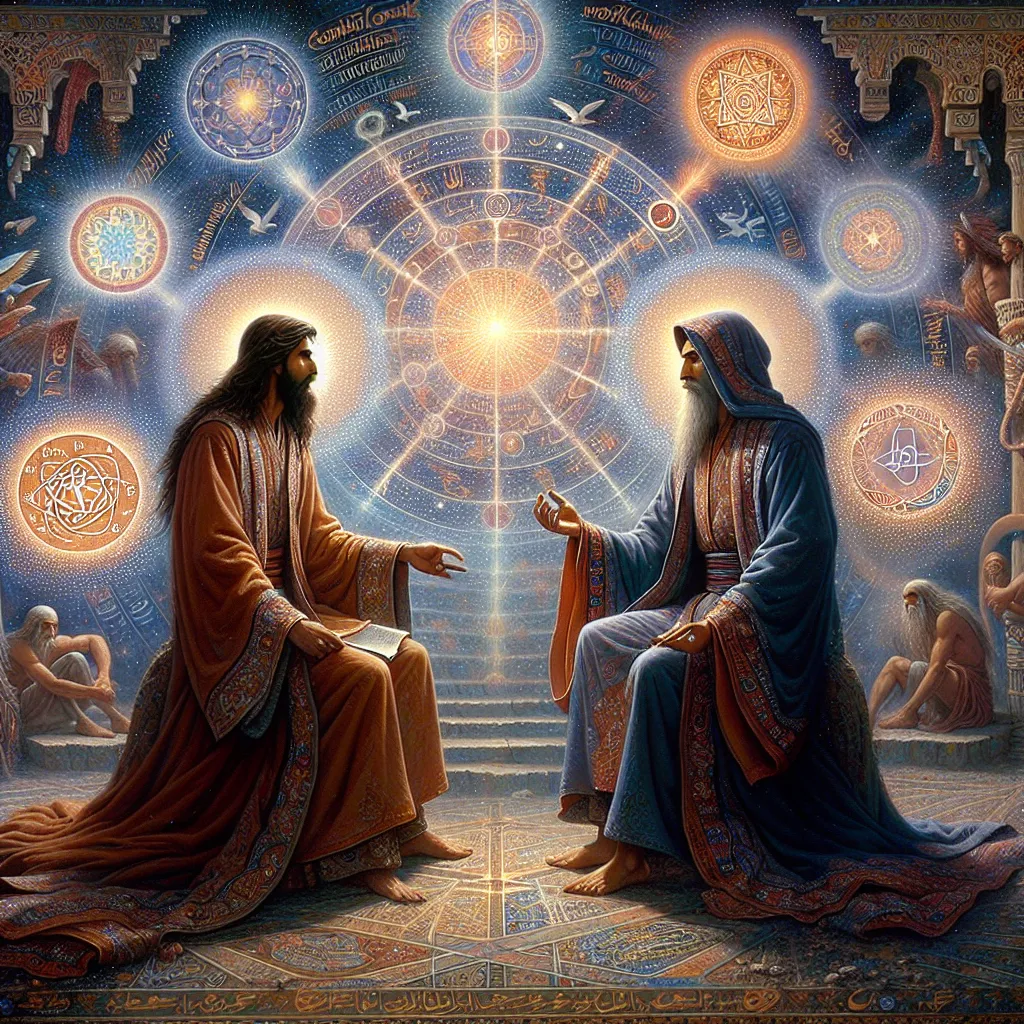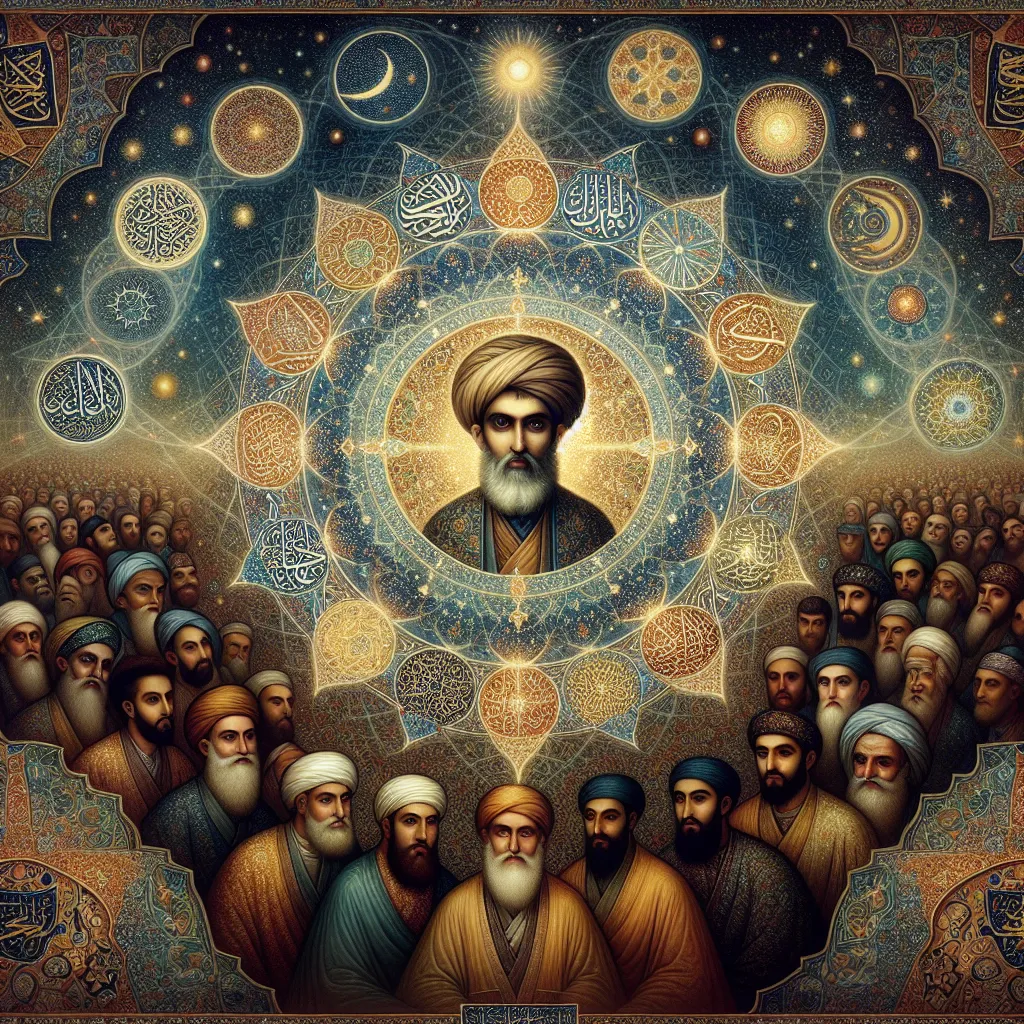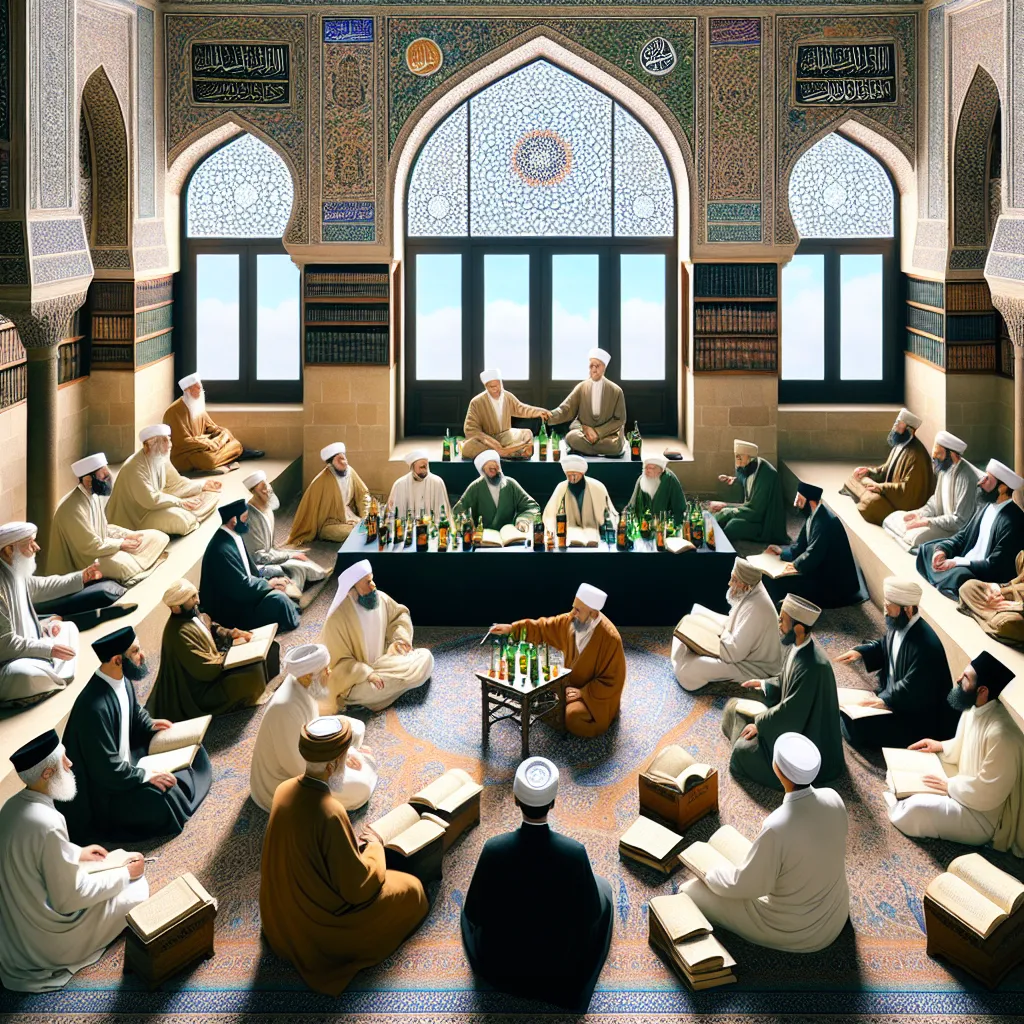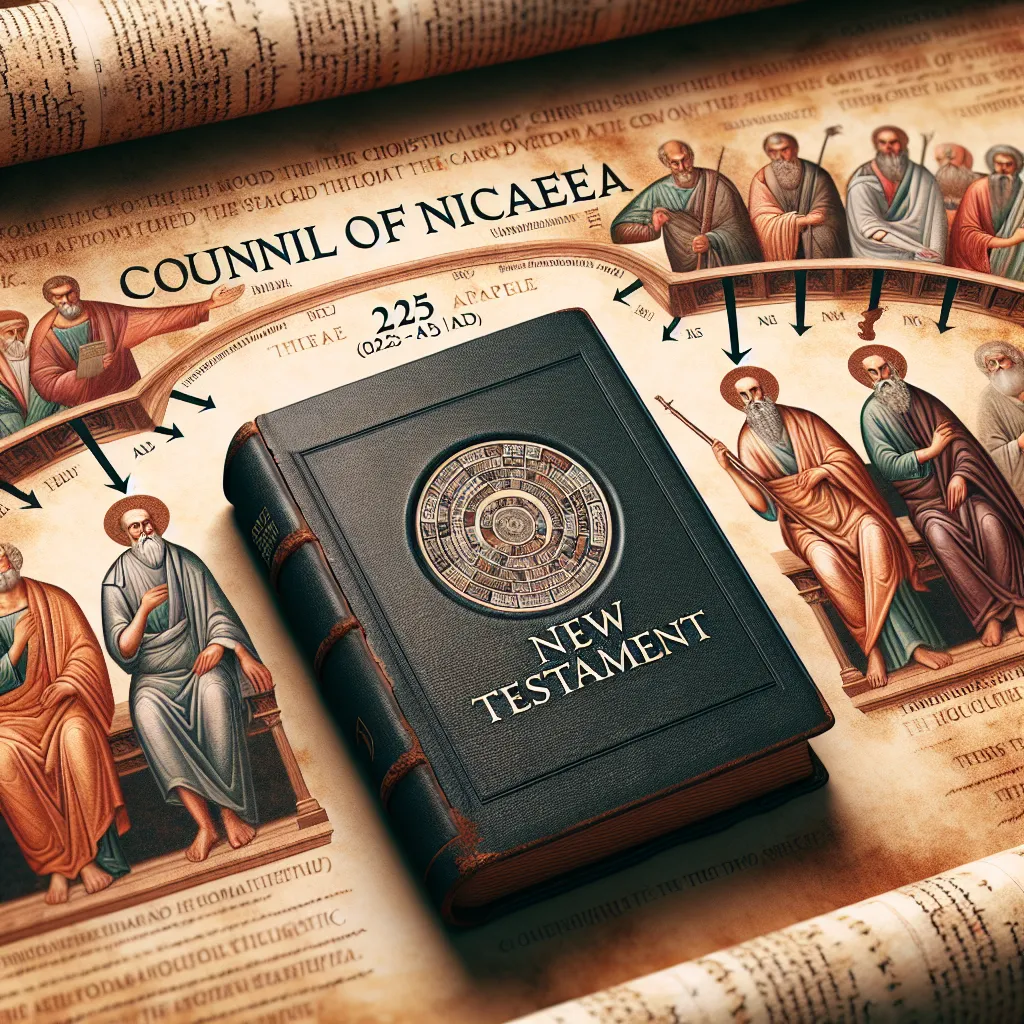Death is the great equalizer, yet cultures around the world approach it with strikingly different rituals and beliefs. From the sands of ancient Egypt to the sacred rivers of India, humans have long sought to make sense of mortality and what lies beyond. Let’s explore five fascinating sacred rituals surrounding death and the afterlife.
The ancient Egyptians viewed death not as an end, but as a transition to eternal life. Their elaborate mummification process was designed to preserve the body for the soul’s use in the afterlife. It was a meticulous procedure that could take up to 70 days to complete.
First, the internal organs were removed and placed in canopic jars, each protected by a specific deity. The brain was extracted through the nostrils using a long hook, then discarded as it was considered unimportant. The heart, however, was left in place, believed to be the seat of intelligence and emotion.
The body was then covered in natron, a natural salt, to dry it out. After 40 days, it was washed, stuffed with linen and aromatic substances, and carefully wrapped in layers of linen bandages. Priests placed amulets between the layers to protect the deceased on their journey.
“Death is but the doorway to new life… We live today, we shall live again. In many forms shall we return.” - Egyptian Book of the Dead
The Book of the Dead, a collection of spells and instructions, was often placed in the tomb to guide the soul through the perils of the underworld. It included a crucial spell for the Weighing of the Heart ceremony, where the deceased’s heart was weighed against the feather of Ma’at, the goddess of truth and justice.
What do you think this obsession with preserving the body tells us about Egyptian views on the afterlife?
In stark contrast to the Egyptians, Buddhists emphasize the impermanence of the physical body. Their death rituals focus on the consciousness as it transitions between lives. The Tibetan Book of the Dead describes a 49-day intermediate state called the bardo, during which the consciousness experiences various phenomena before taking rebirth.
During this time, monks recite prayers and perform rituals to guide the departed consciousness. They believe that the state of mind at the moment of death is crucial in determining the nature of the next rebirth. Thus, they encourage a peaceful, mindful approach to dying.
“This existence of ours is as transient as autumn clouds. To watch the birth and death of beings is like looking at the movements of a dance. A lifetime is like a flash of lightning in the sky.” - Buddha
The Catholic tradition offers its own set of rituals for the dying, known as the Last Rites. These sacraments are meant to prepare the soul for its departure from the physical world. The priest administers the Sacrament of Reconciliation, offering forgiveness for sins, followed by the Anointing of the Sick, which provides spiritual strength and healing.
The final sacrament is the Viaticum, or “food for the journey,” where the dying person receives Holy Communion. This is seen as spiritual nourishment for the soul’s journey to the afterlife.
“I am the resurrection and the life. He who believes in me will live, even though he dies.” - Jesus Christ
How might these rituals provide comfort to both the dying and their loved ones?
In Hinduism, death is seen as a transition rather than an end. The soul, or atman, is believed to be eternal, moving from one body to another through reincarnation. The most common Hindu funeral rite is cremation, which is believed to release the soul from its physical form.
Before cremation, the body is washed, dressed in new clothes, and adorned with flowers. As the body burns, mourners recite sacred verses from the Vedas. The ashes are then collected and scattered in a holy river, often the Ganges, symbolizing the soul’s return to the five elements from which all life is believed to arise.
“Just as a man discards worn out clothes and puts on new ones, so also the embodied Self, casting off worn out bodies, enters into others that are new.” - Bhagavad Gita
Islamic burial practices emphasize simplicity and swiftness. The body is to be buried as soon as possible, preferably within 24 hours of death. This reflects the belief in immediate judgment after death and the eventual bodily resurrection.
The body is washed and shrouded in simple white cloth. Before burial, a funeral prayer called Salat al-Janazah is performed. The body is then placed in the grave on its right side, facing Mecca. No casket is used; instead, the body is in direct contact with the earth, symbolizing the human’s return to the ground from which they were created.
“Every soul will taste death. Then to Us will you be returned.” - Quran
What can we learn from the simplicity and urgency of Islamic burial practices?
These five sacred rituals offer a glimpse into how different cultures approach the mystery of death and what lies beyond. They reveal our shared human desire to find meaning in mortality and to maintain connections with those who have passed on.
From the elaborate preservation techniques of ancient Egypt to the swift, simple burials of Islam, each tradition reflects deep-seated beliefs about the nature of existence, consciousness, and the possibility of life after death.
As we contemplate these diverse practices, we’re reminded of the rich tapestry of human belief and the myriad ways we seek to understand and transcend our mortal nature. In the face of life’s greatest certainty - death - these rituals offer comfort, guidance, and a sense of continuity that bridges the gap between the known and the unknown.
What aspects of these rituals resonate with you? How do they challenge or affirm your own beliefs about death and the afterlife?
In exploring these sacred rituals, we find that despite our differences, there are common threads that unite us in our approach to mortality. Whether through elaborate preservation, mindful transition, sacramental preparation, purifying fire, or swift return to the earth, each tradition seeks to honor the deceased and provide a framework for understanding life’s final journey.
As we face our own mortality and that of our loved ones, perhaps we can draw wisdom and solace from these diverse approaches. They remind us that death, while universal, is experienced and interpreted in deeply personal and cultural ways. In understanding these rituals, we not only gain insight into different worldviews but also an opportunity to reflect on our own beliefs and fears about what lies beyond the veil of mortality.
